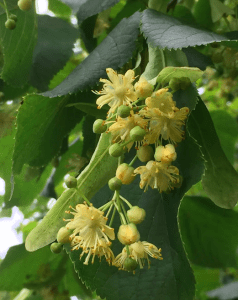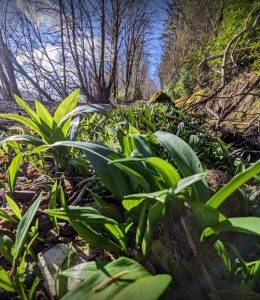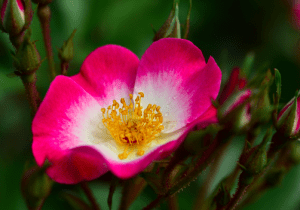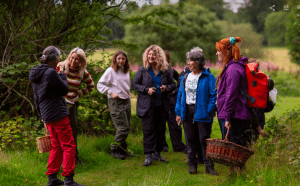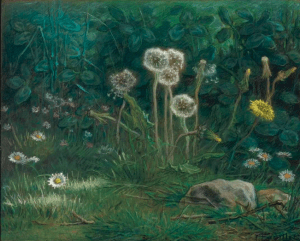It’s national Dandelion day on the 5th of April, a day to celebrate this resilient plant with it’s cheery yellow flowers and toothy leaves.
Fun Dandy fact!
There are over 250 different species of Dandelion in Britain, with some being unique to specific locations.
Frequently overlooked, the Dandelion is a true warrior of the plant kingdom, often found growing through the cracks in pavements or clinging to the edge of busy roads, ever my constant companion when wandering through my favourite wild places in Argyll and Bute or the Glasgow parks. It never ceases to make me smile when I spy those nutritious leaves or cheery flowers waving up at me.
Described as a plant with “multidirectional health effects” (Bernadetta, Beata, 2019), Dandelion has been used both medicinally and as a valuable source of nutrients by cultures across the world for thousands of years.
The sight of Dandelions blooming in Spring is often viewed as a sign of hope and renewal.
In European folklore, blowing the seeds of Dandelion clocks is said to carry your wishes and dreams on the wind, symbolising hope and the fulfilment of desires.
In Asian cultures, Dandelions are assocaited with divination and making wishes come true.
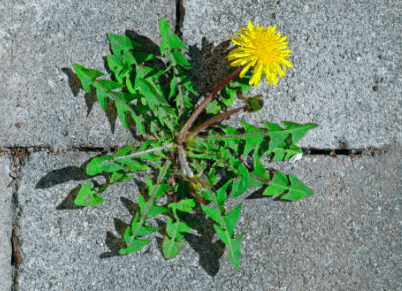
Far from being an annoying “weed”, (there’s no such thing as “weeds” by the way), Dandelions are a nutritional power house.
1 cup of chopped raw Dandelion leaves contains around 25 calories, 1.5g of protein, 0.4g of fat, 5.1g of carbohydrates, 1.9g of fiber and 0.4g of sugar.
Dandelions are an excellent source of vitamins A, C & K as well as folate, polyphenols and calcium, iron, potassium, magnesium, phosphorous, choline, biotin and zinc.
For comparison, spinach contains around 9,000 – 9,500 IU of vitamin A per 100g
Dandelion contains 10,000-14,000 IU per 100!
The long roots contain inulin, a rich source of food for the healthy bacteria that live in our gut helping them thrive.
How is this good for us?
A healthy gut not only means we digest our food more efficiently, but also improves our mental health and overall immune function. This is because our microbiome plays a crucial role in the production of serotonin which is essential for keeping us more focused, emotionally stable , happier and calmer, (layunta, Buey, Mesonero, 2021).
There is also evidence that Dandelion root may have cancer fighting properties, (Ovadje etal, 2012).
Additionally Dandelion is high in antioxidants, healthy fatty acids and phytonutrients that fight free radicals, are anti-inflammatory and immune boosting, helping to soothe arthritis and joint pain.
Those bitter tasting phytonutrients also trigger our digestive system, helping to restore the metabolism of our food, assimilating nutrients, boosting digestion, supporting the liver and kidneys and improving their ability to get rid of waste.
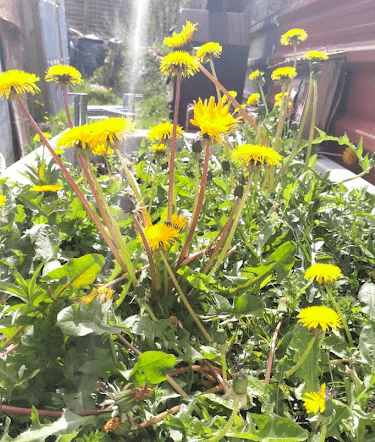
So what’s stopping us?
Yes, they do taste bitter. But please don’t let that stop you enjoying their potent medicine.
With the correct treatment, Dandelion becomes not only goo for us, but extremely tasty too.
One of my favourite ways to enjoy them is Garlicky Sautéed Dandelion Greens.
This simple recipe explains how to reduce the bitterness so that you can enjoy them in lots of dishes.
Cooked in this way, they can be used as a vegetable side, added in to warm salads, mixed through pasta or rice, as a pizza topping, as a pesto with the addition of some good quality Olive oil and a squeeze of fresh lemon juice….need I continue!
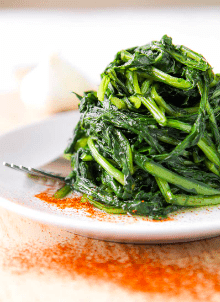
The Recipe
Ingredients
10 packed cups of dandelion greens 2 teaspoons salt, plus more to taste 1tbsp oil
1 clove garlic, minced
Freshly ground black pepper, to taste
The Method
Gather the ingredients.
Rinse the leaves well under running water & trim off the stems.
Fill a bowl with water and add 1 teaspoon of salt. Submerge the leaves in the salted water for 10 minutes. Rinse well.
Cut leaves into 2-inch pieces.
Add the leaves & 1 tsp of salt to a saucepan and bring to a boil. Reduce heat and simmer for 10 minutes. Rinse well afterwards.
While the greens cook, sautee the garlic in the oil on a medium heat in a frying pan.
Add the greens once the garlic is cooked and season to taste with salt & pepper.
Enjoy in your favourite dishes!

